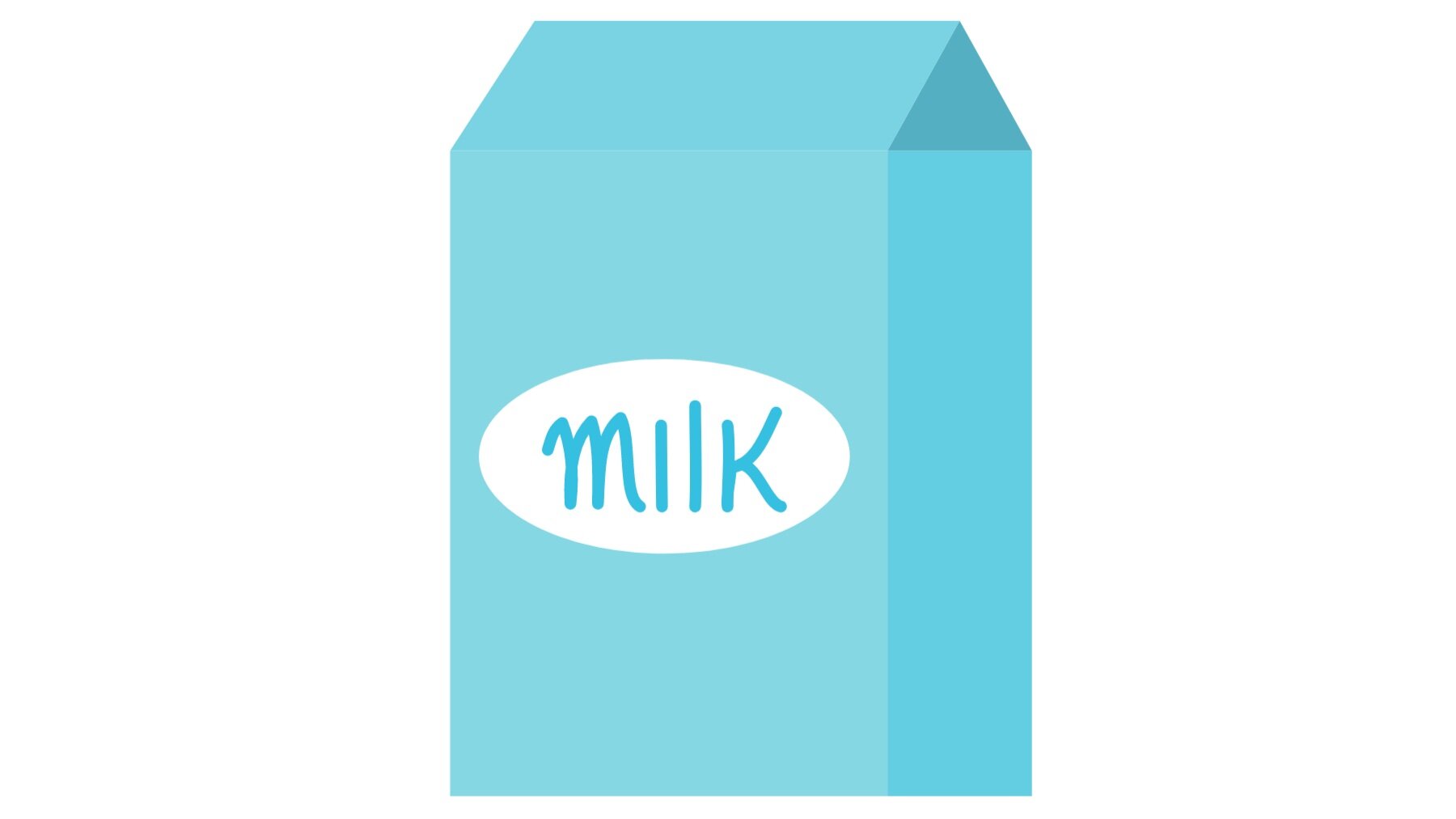When Can Babies Have Cow’s Milk In Cereal?
“When can babies have cow’s milk?” This is a question I often get asked by parents when they start their babies on solids.
We know that cow’s milk isn’t suitable as a drink for babies before 12 months, but what about a little bit added to cereal and used in cooking?
If you’re wondering what the deal is with cow’s milk for babies, here’s what you need to know.
Firstly, why isn’t cow’s milk suitable as a drink for babies?
While it’s perfectly fine for most older kids and adults, cow’s milk isn’t nutritionally adequate to meet the nutrition needs of your baby at this stage of their life.
In particular, cow’s milk is lower in iron than breastmilk and formula. From the age of around 6 months, babies’ iron requirements are high, and it’s essential that they have enough iron in their diet to allow for healthy growth and development.
Therefore, replacing breastmilk or formula with cow’s milk before the age of 12 months increases the risk of iron deficiency.
Cow’s milk also has higher electrolyte and protein concentrations than breastmilk and formula, giving it a higher renal solute load, as these substances need to be excreted via the kidneys. There is some concern that this could place a strain on immature kidneys and increase the risk of dehydration in certain situations.
BUT, cow’s milk CAN be used in cereal and in cooking
It may not be suitable as a drink, but once you’ve started solids - and assuming it’s tolerated - it’s fine to add cow’s milk to your baby’s cereal or porridge, use it in cooking and also give your baby dairy foods such as yoghurt and cheese.
Plain yoghurt is a nutritious option for most babies and also easy to prepare. Cheese is an easy way to add flavour to dishes and grated cheese is a great way for babies to practise their pincer grip.
Just be aware that most cheeses, especially hard cheeses, have a high salt content so you do need to stick to small amounts.
To reduce the risk of allergy, a small amount of cow’s milk should be introduced from around 6 months
Cow’s milk is one of the main food allergens, and we now know that introducing allergens early - from 6 months and before 12 months - reduces the risk of a child developing an allergy to that food.
For this reason, cow’s milk should ideally be introduced to babies from around 6 months. If it’s tolerated, it’s best to then include it regularly (i.e. at least twice per week) to reduce the risk of your baby developing an allergy.
When you’re introducing allergens to baby, introduce each one 2-3 days apart so that if your baby does have a reaction, you’ll have a better chance of being able to identify the culprit.
For more information on introducing allergens, check out ‘A Guide to introducing allergens to babies’.
From 12 months, cow’s milk can be given as a main drink
Once your baby hits the 12-month mark, you can start to give them cow’s milk as their main drink if you choose to do so. But aim for no more than 500ml/day, as more than this can fill up small tummies, meaning there’s less room available for iron-containing foods and the risk of iron deficiency is increased. Too much calcium can also interfere with the absorption of iron.
If cow’s milk isn’t tolerated, it’s a good idea to chat to a dietitian about a suitable alternative to ensure that your child’s intake of nutrients such as calcium is adequate.
Should babies and toddlers have full-fat dairy or reduced fat?
Because babies and toddlers are growing and developing at a rapid rate, they have high energy requirements, i.e., they need lots of calories.
For this reason, full fat cow’s milk and dairy products are recommended up until the age of 2 to help meet these requirements, particularly when they may only eat fairly small amounts.





